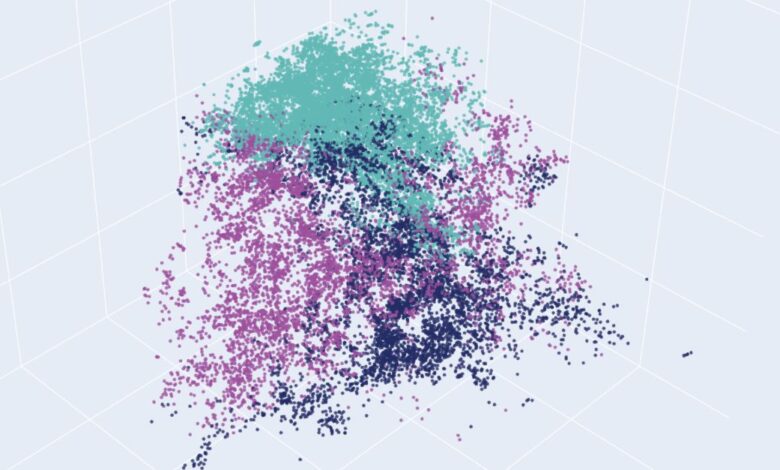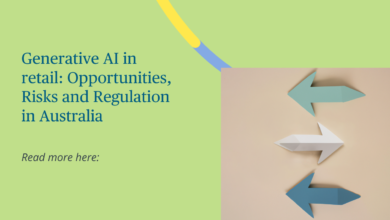Generative AI for government work tasks

What does this mean for your AI strategy?
So, what can government leaders do to help make sure this future of AI benefits the public? There are three ways that this task-level analysis can inform how government delivers value.
Efficiency: If you automate individual tasks, it can help improve the efficiency of government. For example, teachers could use generative AI to generate bibliographies from their lesson plans, saving hours that could be spent helping students instead of typing.
Effectiveness: Work is made up of more than just single tasks, and adapting workflows to use a set of different automation tools, each taking on the tasks to which they are best suited, can increase how effectively government accomplishes its mission, not just how quickly. Our earlier example of government lawyers is a great example, where robotic process automation, generative AI, and human judgment can all come together to make writing legal briefs not just faster, but also better.
Efficacy: Efficiency and effectiveness are limited to only improving tasks already done today. As organizations become more familiar with generative AI, they can also find entirely new ways of working that can deliver better mission outcomes. For example, the New York City Fire Department has used AI to create a new pathway to save firefighters: an AI-enabled tool to prioritize building inspections of structures most likely to have unauthorized modifications, which may pose a danger during fires.5
How could generative AI help you? The answer is most likely to be a blend of all three benefits. The art to strategy is using tools like task-level analysis to find the right opportunities to improve efficiency, effectiveness, and efficacy in your mission.



